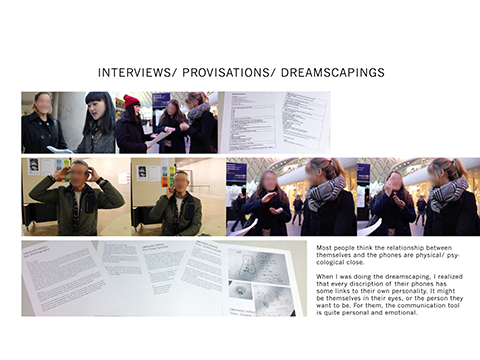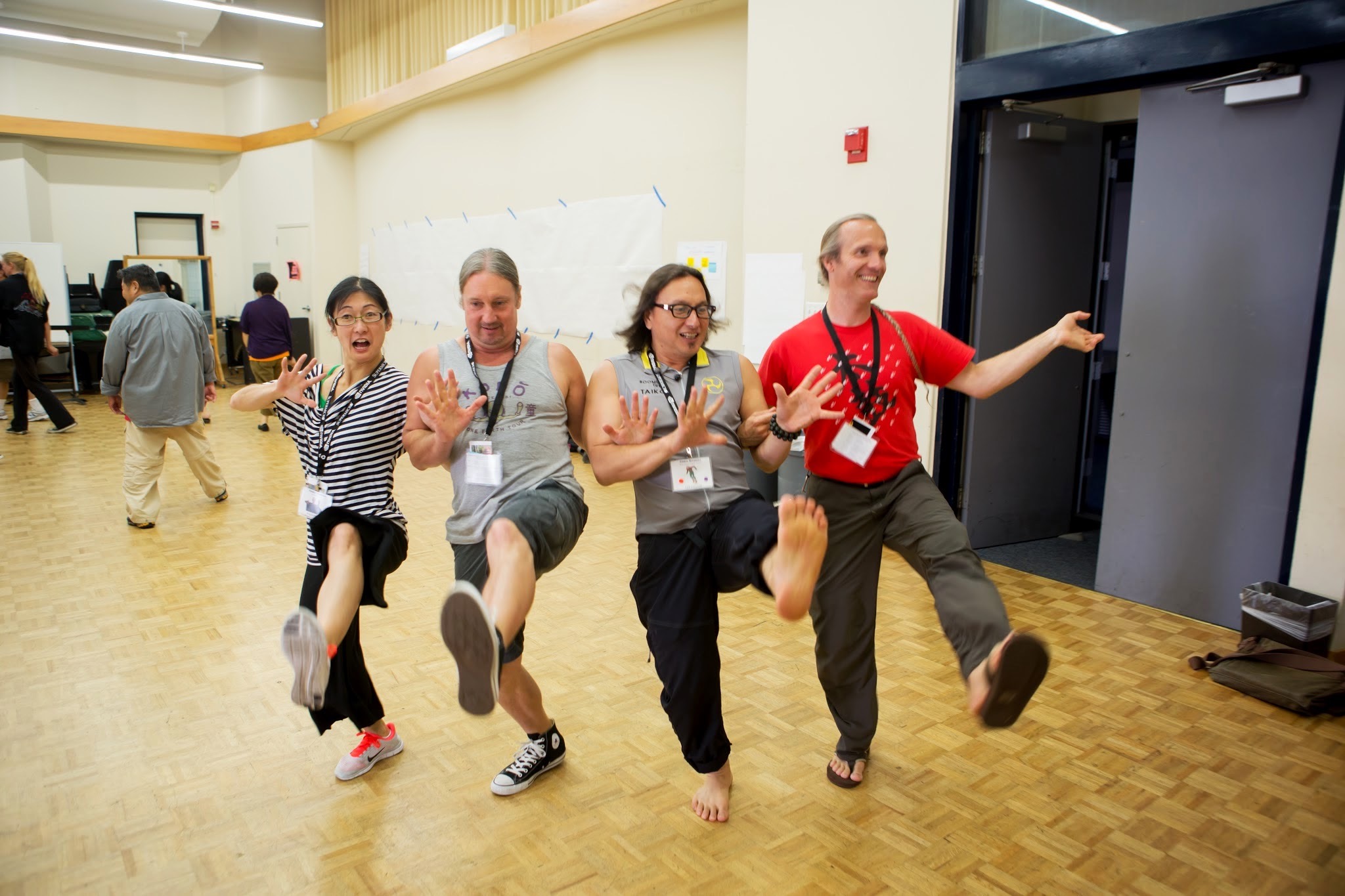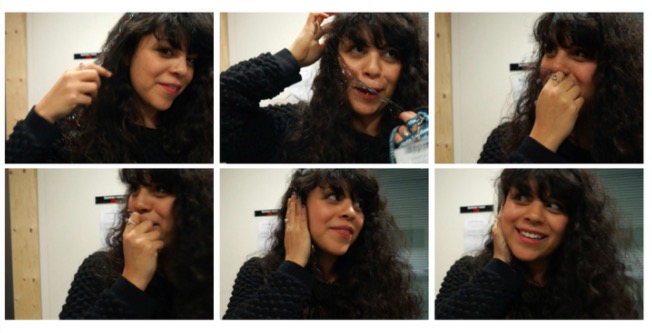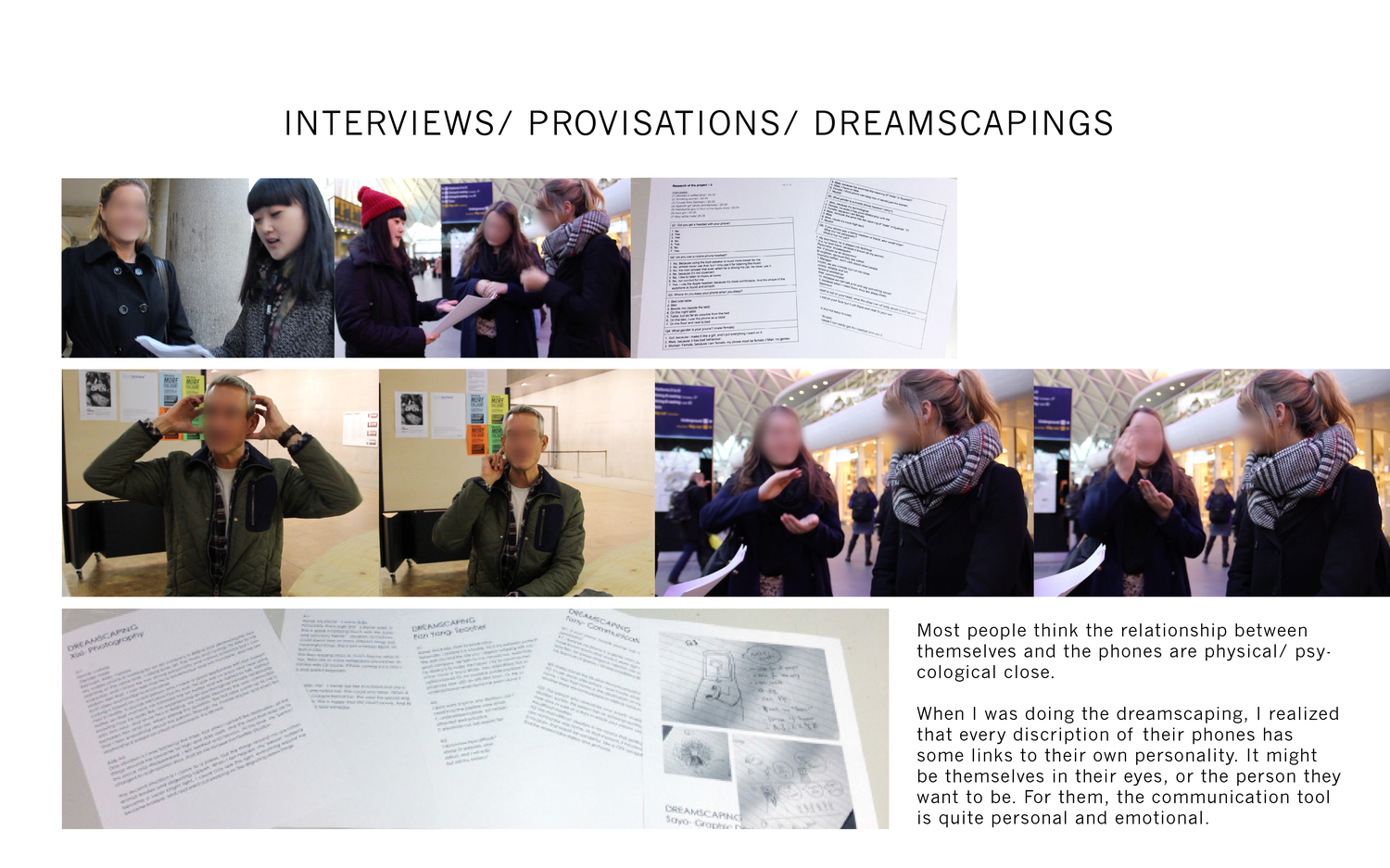-
 Wang Rujia
ThoughtWorks
Senior Consultant
Wang Rujia
ThoughtWorks
Senior Consultant
-

Shi Jinghan ThoughtWorks Senior UX Designer
Improvisation for Creative Design – Looking at the world from a different perspective
When we are designing digital products, we immediately think of information architecture and wireframes, but where we often fall is “what is the difference between this product and existing products on the market?”.
In ideation, we have always emphasized there is no such thing as a bad idea. We do not expect nor care if it is perfect, but rather whether it inspires ideas and creativity in others, and through the collision of ideas collaboratively create new ones.
Improvisation is a method of creating and performing with items that are readily available at hand. In the field of design, improvisation has become a way to inspire creativity, promote collaborative design, and present concepts.
We believe that the medium of "user experience design" is not only on a glass screen, but rather anything that the user interacts with will become part of the user experience. For example, for an apple, how to play with it, how to eat it, how to dissect it, and how to store it, are all a direct part of the user experience. In addition, we consider how to map interactions to a social issue. When passing an apple in person, does it also convey care or apology?
In this workshop, we hope to use the design technique of improvisation to help participants observe and think about the user experience and product design detached from the screen. What will the user experience be when we are not designing for a 2D screen but designing for everything around it?
1. Introduce the theory of improvisation for creative design and its applications
2. Introduce our understanding of "user experience design" that is beyond the screen experience and the benefits of using improvisation design
3. Find social issues, such as the loneliness of the “empty-nest” youths, the mid-life crisis, and mobility for the elderly
4. Use the improvisation method to generate creative ideas and concepts
5. The medium of improvisation will be an apple instead of a mobile phone or paper. Groups will use this apple to design creative solutions
6. Each group will take part in an impromptu performance and share the conceptual design using the apple as a medium
1. Designers looking for new sources of inspiration
2. Managers facing digital innovation bottlenecks
3. Consultants and facilitators of collaborative innovation
4. Students in design interested in design methods
1. Learn a new method of generating creative outputs
2. Learn a new method of rapid prototyping
3. Learn methods of innovation collaboration
4. Learn to look at the familiar objects around us in a new way, improve your observation skills and sensitivity to creativity
5. Use objects quickly at hand for rapid prototyping to reduce the cost of ideation, validation and increase interest and participation
6. Enhance your self-confidence in innovation, break the thinking that "creativity comes out of nowhere”
-
 Improvisation
Improvisation
-
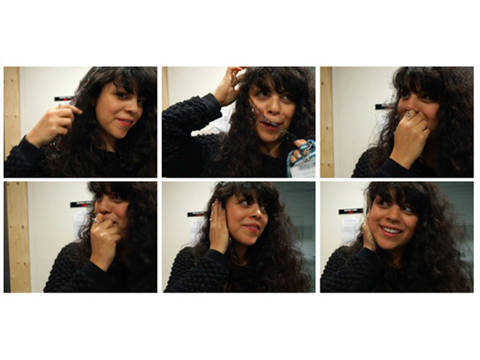
-

-
